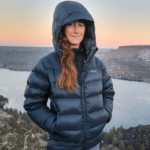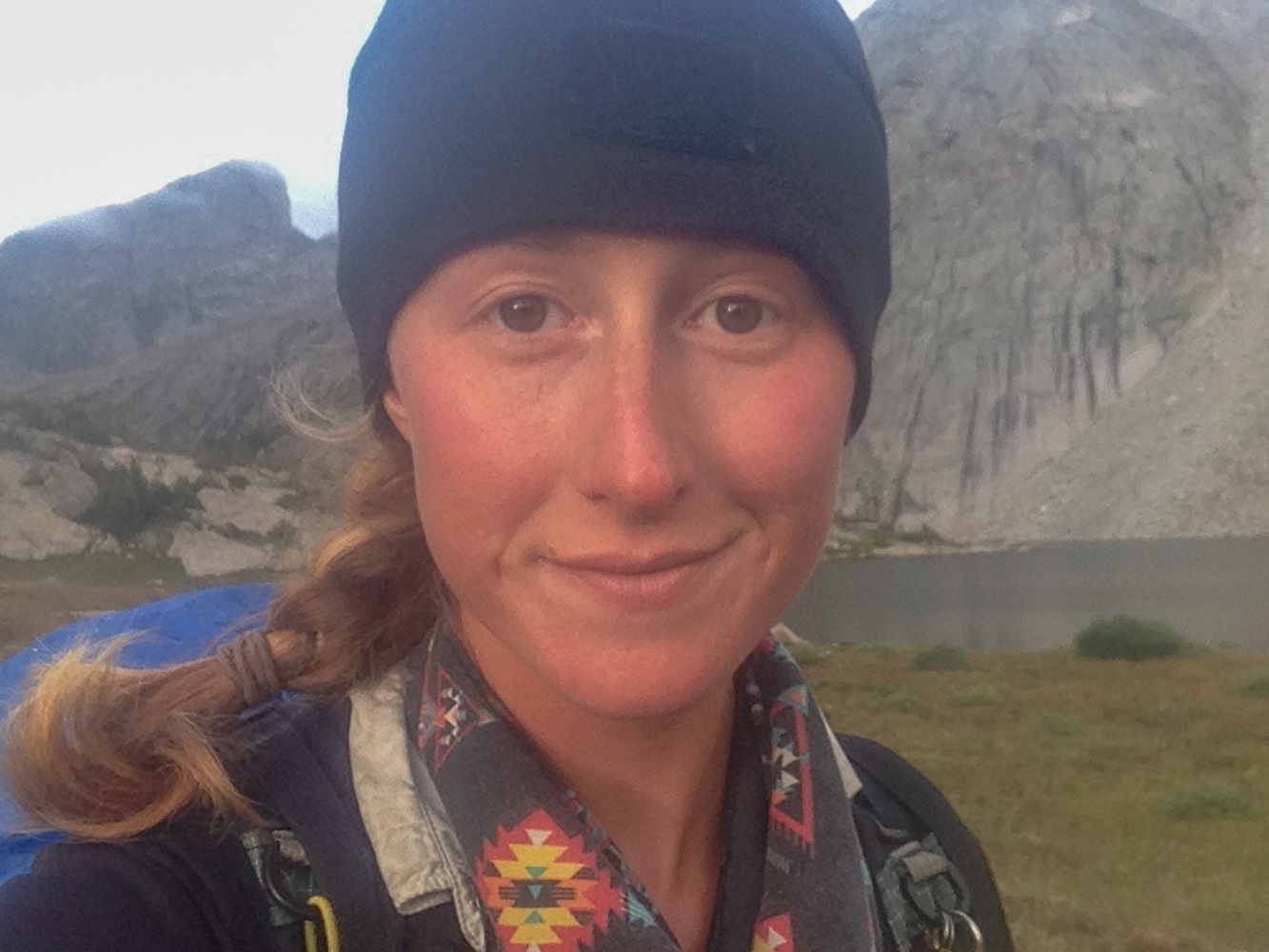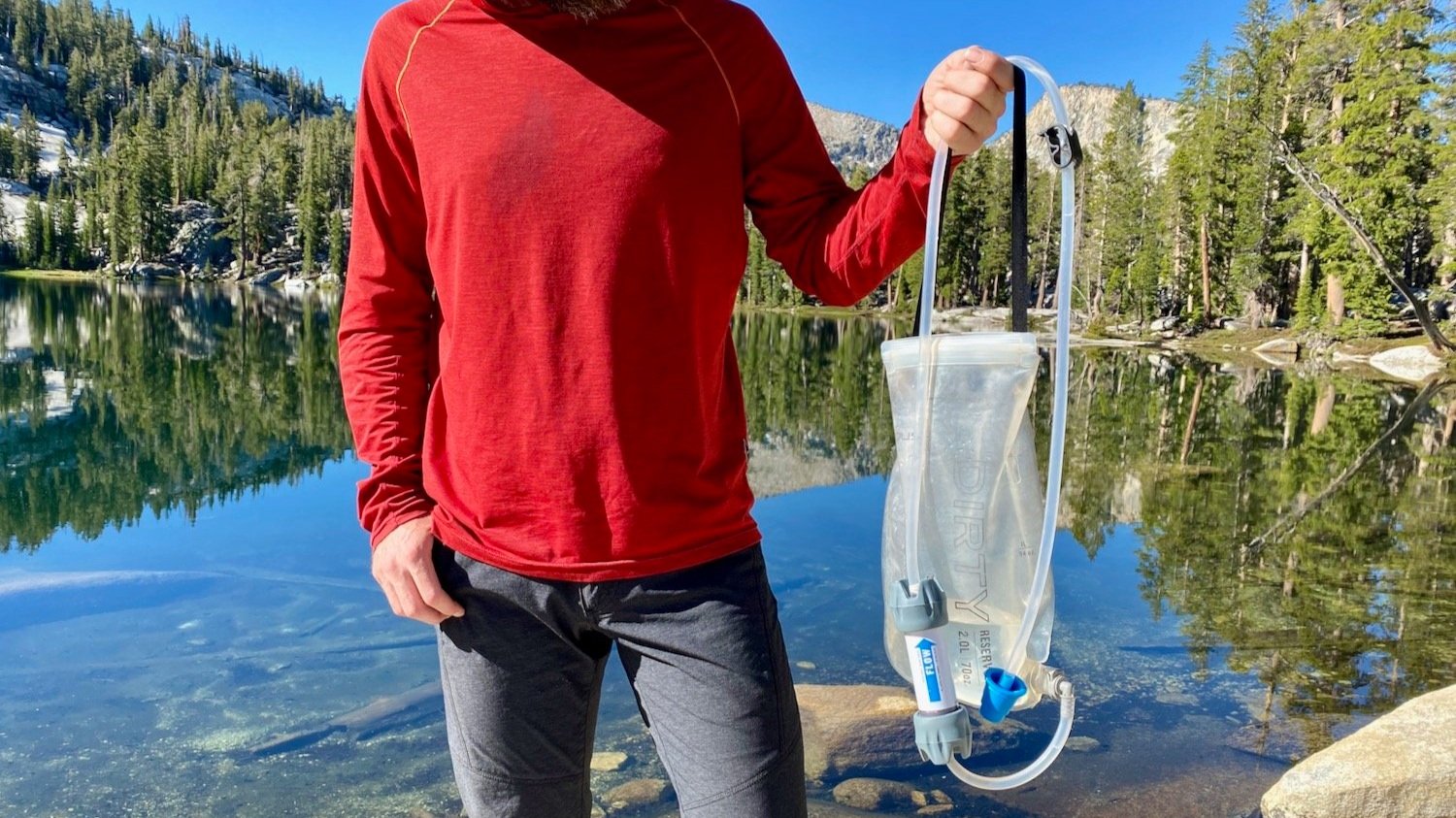
We have over a decade of experience using the Platypus GravityWorks Water Filter now, and it’s still one of our favorite water treatment options for backpacking with a partner or group. We love that it completely removes debris, bacteria, and protozoa. And it has the ability to clarify even the murkiest water. The GravityWorks is a bit heavier and bulkier than some of the minimalist water treatments out there, but it’s well worth the weight if you prefer a convenient, hands-off approach to filtering multiple liters of water at a time.
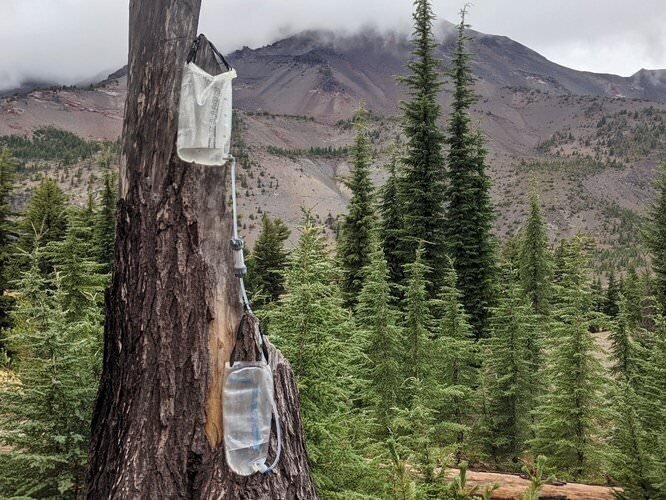
The Platypus GravityWorks Water Filter is a bit heavy & bulky, but it’s really convenient for couples & groups
PROS
EASY – The GravityWorks Filter is very easy to use on the trail. All you have to do is dip water out of the source, hang it, and go about your business – which usually involves snacking, geeking out on maps, and kicking up our feet. There’s no need to pump, squeeze, or set a timer for chemicals. Simply connect the filter to get it started, and let gravity do the work.
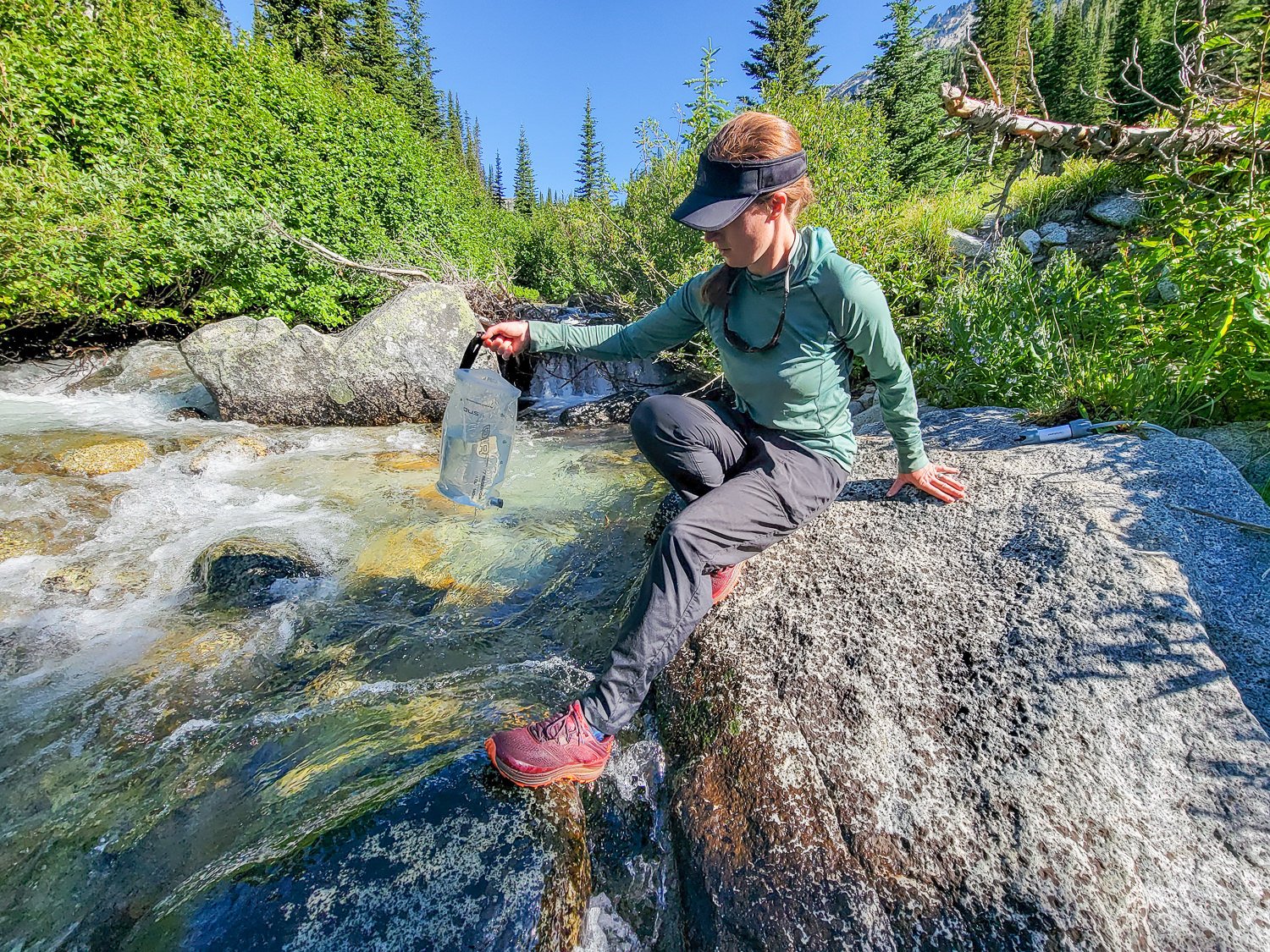
W love how hands-off the Platypus GravityWorks Water Filter is – just set it & forget it
EFFECTIVE – The GravityWorks Filter removes particles down to 0.2 microns in size, including giardia, salmonella, and cryptosporidium. That means no floaties, sinkies, or swimmies – just clear, safe drinking water. We used the GravityWorks to filter water from hundreds of gnarly water sources on the Continental Divide Trail, and we were always very pleased with its performance. It can render a slurry of muddy, green, or cow patty-infested liquid into clear, nearly tasteless water. We’re impressed!
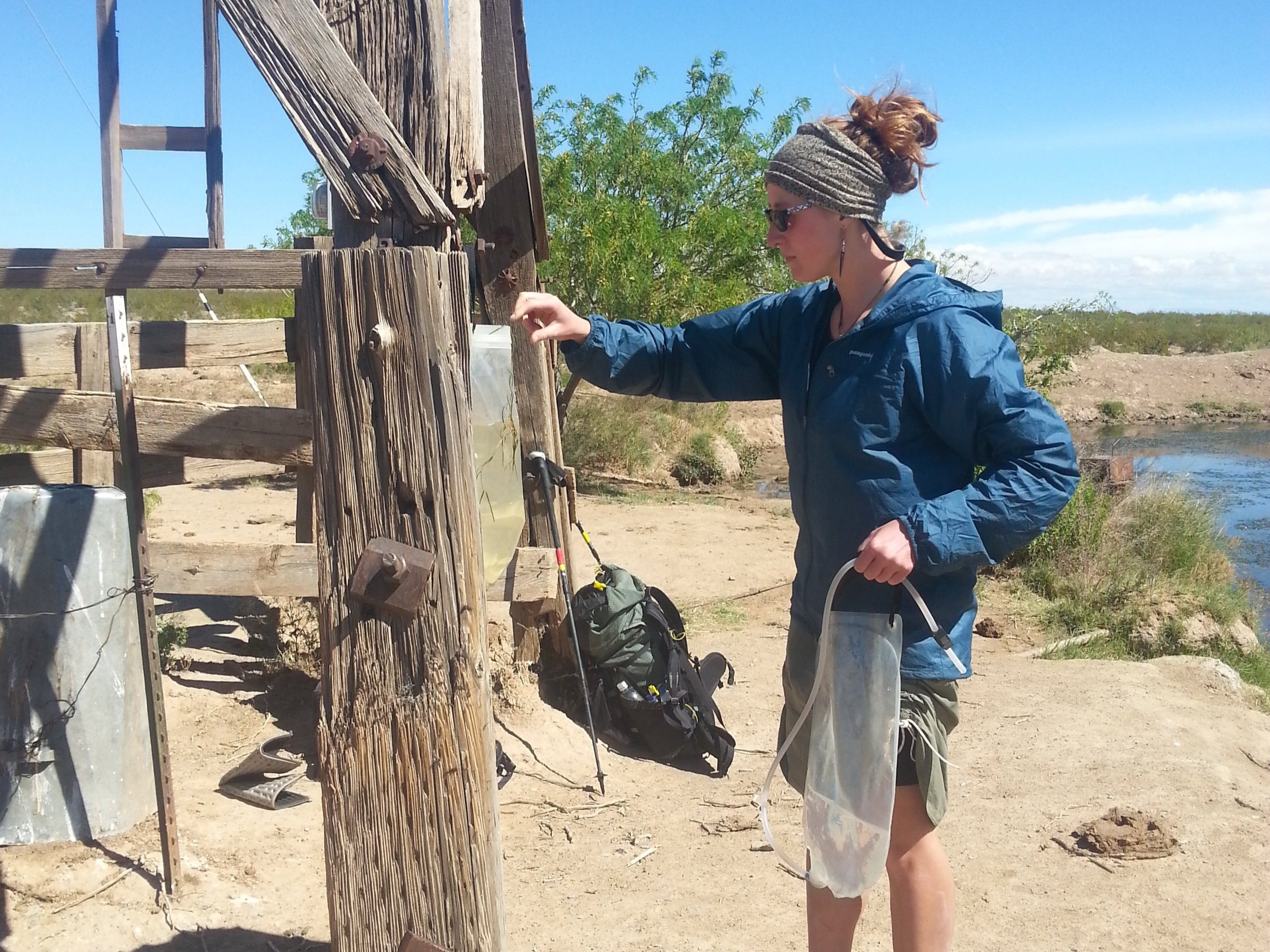
We used the Platypus GravityWorks to filter water from the gnarliest water sources on the CDT & it did great!
CONVENIENT IN CAMP – One of the best things about the GravityWorks Filter is how easy it makes it to have multiple liters of clean water ready to go when you need it in camp. We like to hang ours within reach of our camp kitchen so we can refill bottles, put water in our cookpot for meals, and clean up without having to move.
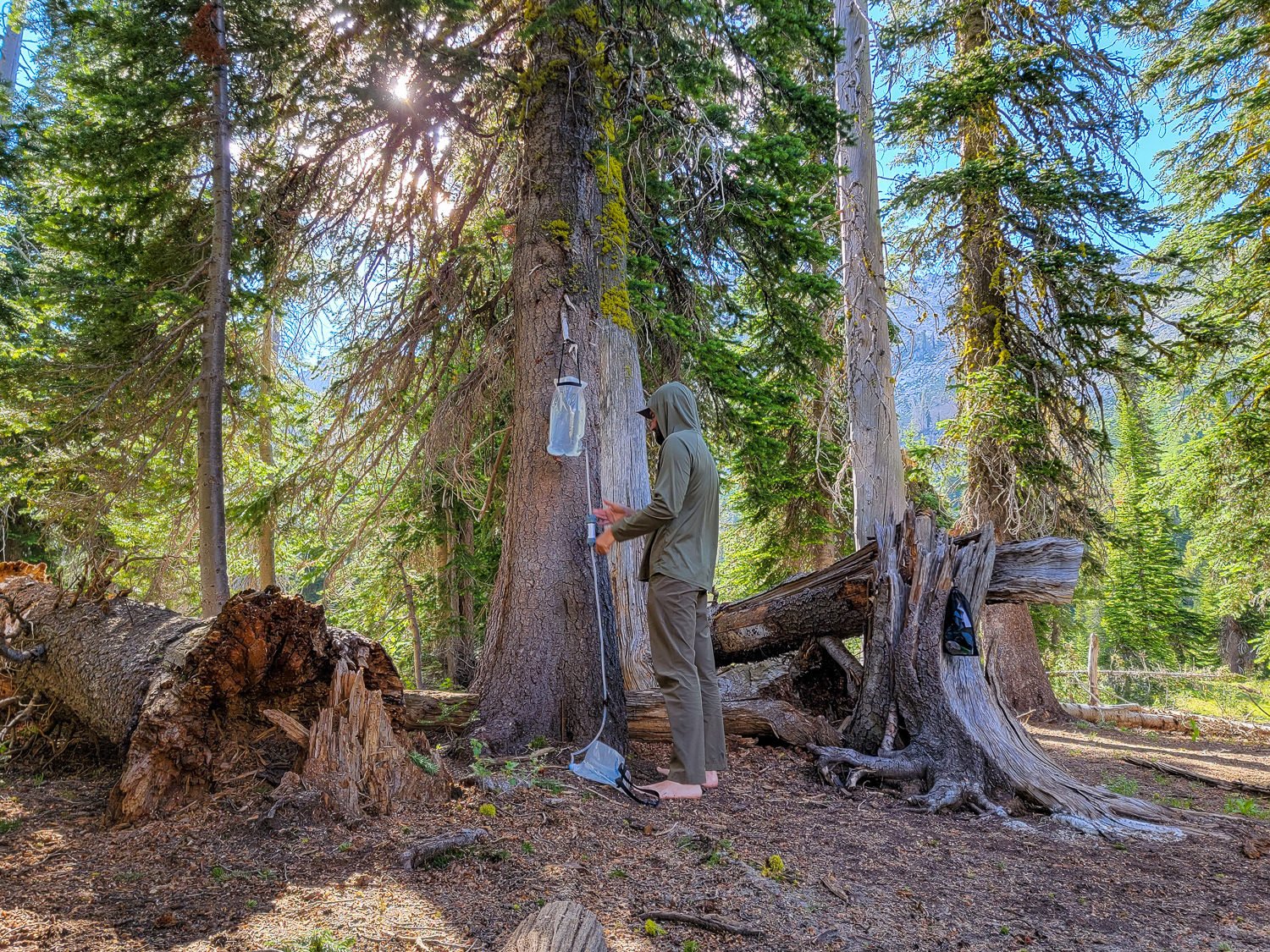
We like to hang the Platypus GravityWorks ‘clean’ reservoir near our camp kitchen for easy access to filtered water
MULTIPURPOSE – You may be able to get away with carrying fewer water bottles if you use the ‘clean’ reservoir that comes with the GravityWorks System to tote water for dry camping or long stretches between water sources. We’ve also had success using ours as a hydration bladder since the tube has an on/off valve. If you use this system for multiple purposes like this, it quickly makes up for its slightly larger weight and packed size.
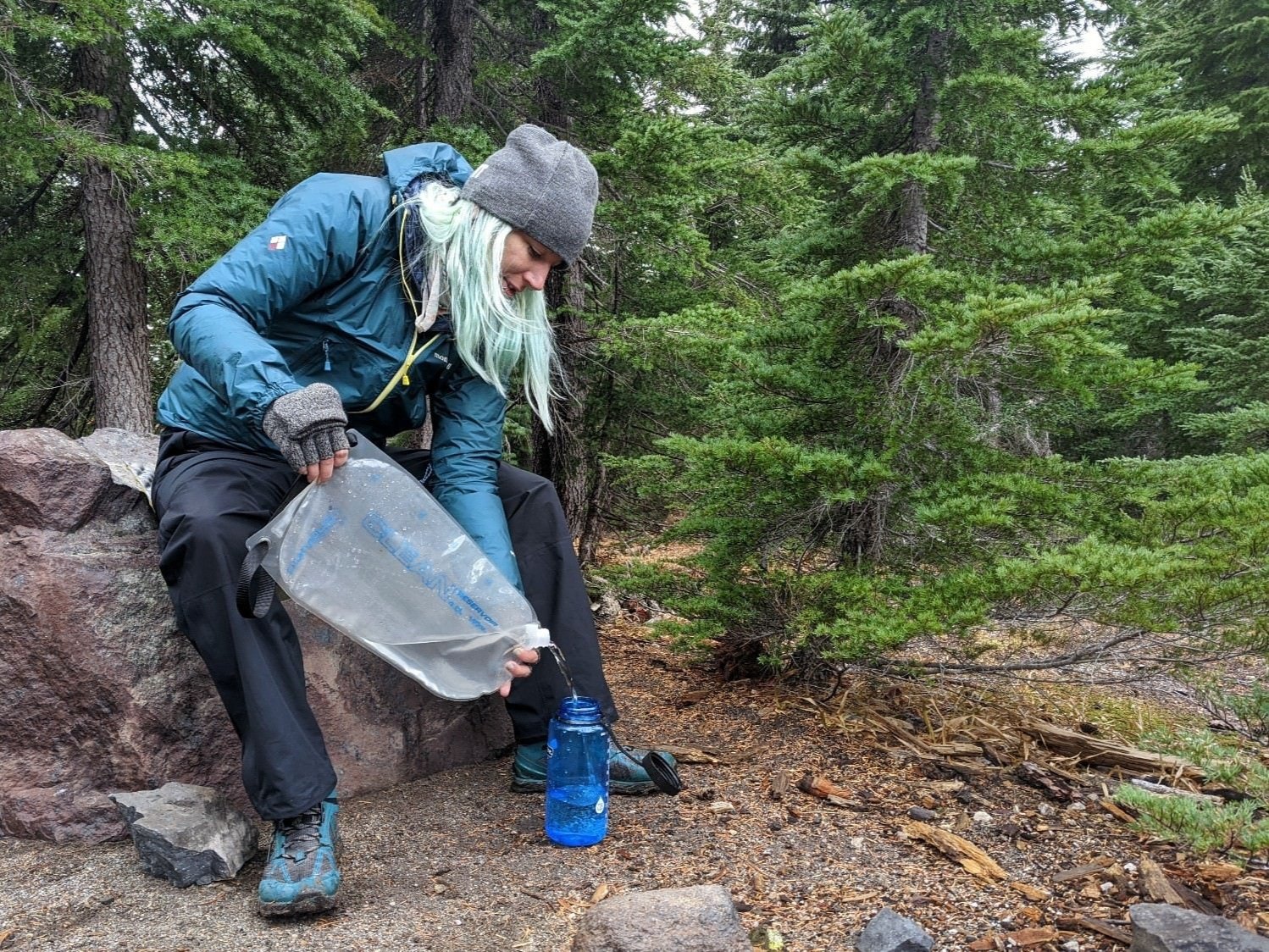
You can use the GravityWorks reservoir to tote water for dry camping or long stretches between water sources
STRAPS WITH BUCKLES – The newest model of the GravityWorks has buckles on the webbing straps of the reservoirs. This feature makes it much easier to hang them up on whatever’s around – whether it be a tree branch, rock ledge, or your camera tripod.
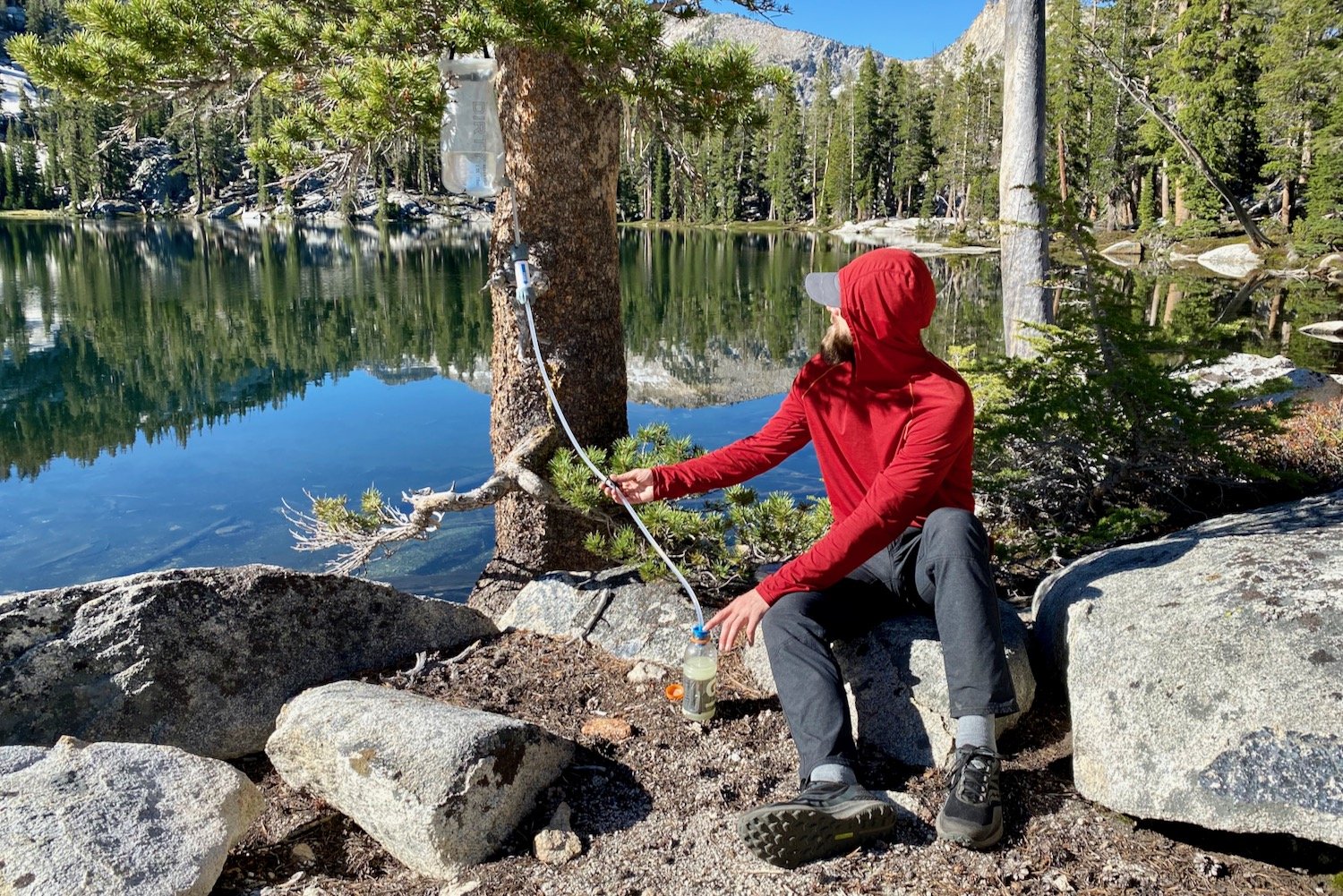
Buckles on the straps of the GravityWorks make it easier to hang the reservoirs on natural features like branches
CONS
A BIT HEAVY & BULKY – The GravityWorks Filter is a bit heavy and bulky compared to ultralight water treatment options, like the Sawyer Squeeze or Katadyn Micropur Tablets. For this reason, we usually only take it on trips with groups of two or more people when water sources will be few and far between. 11.5 oz. for the 4L GravityWorks isn’t bad when you’re splitting the gear load with a partner though. This system is about the same weight and bulk as a traditional pump, like the Katadyn Hiker, but much faster and less labor intensive.
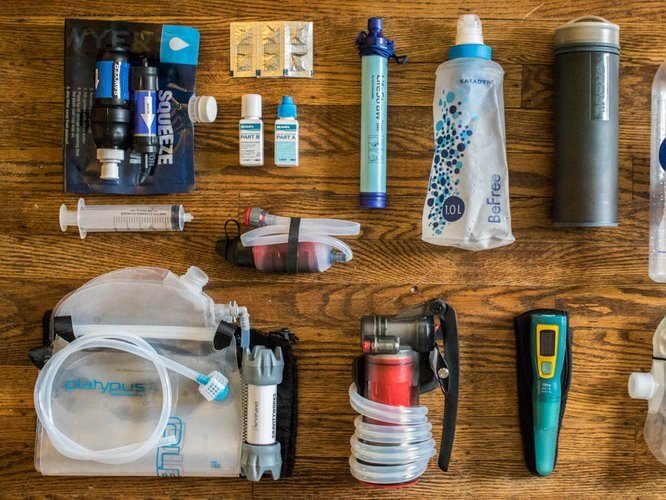
The GravityWorks is a bit heavy compared to minimalist water treatment options, but it’s often worth it
EXPENSIVE – The GravityWorks costs substantially more than some of the simpler choices on our list of the Best Backpacking Water Filters, but we think it’s a good value considering how long it will last. We used our first GravityWorks Filter for an entire CDT thru-hike (over 3,000 miles). We had to buy a replacement cartridge (about $65) eventually, but it kept on trucking for several more years of occasional use after that.
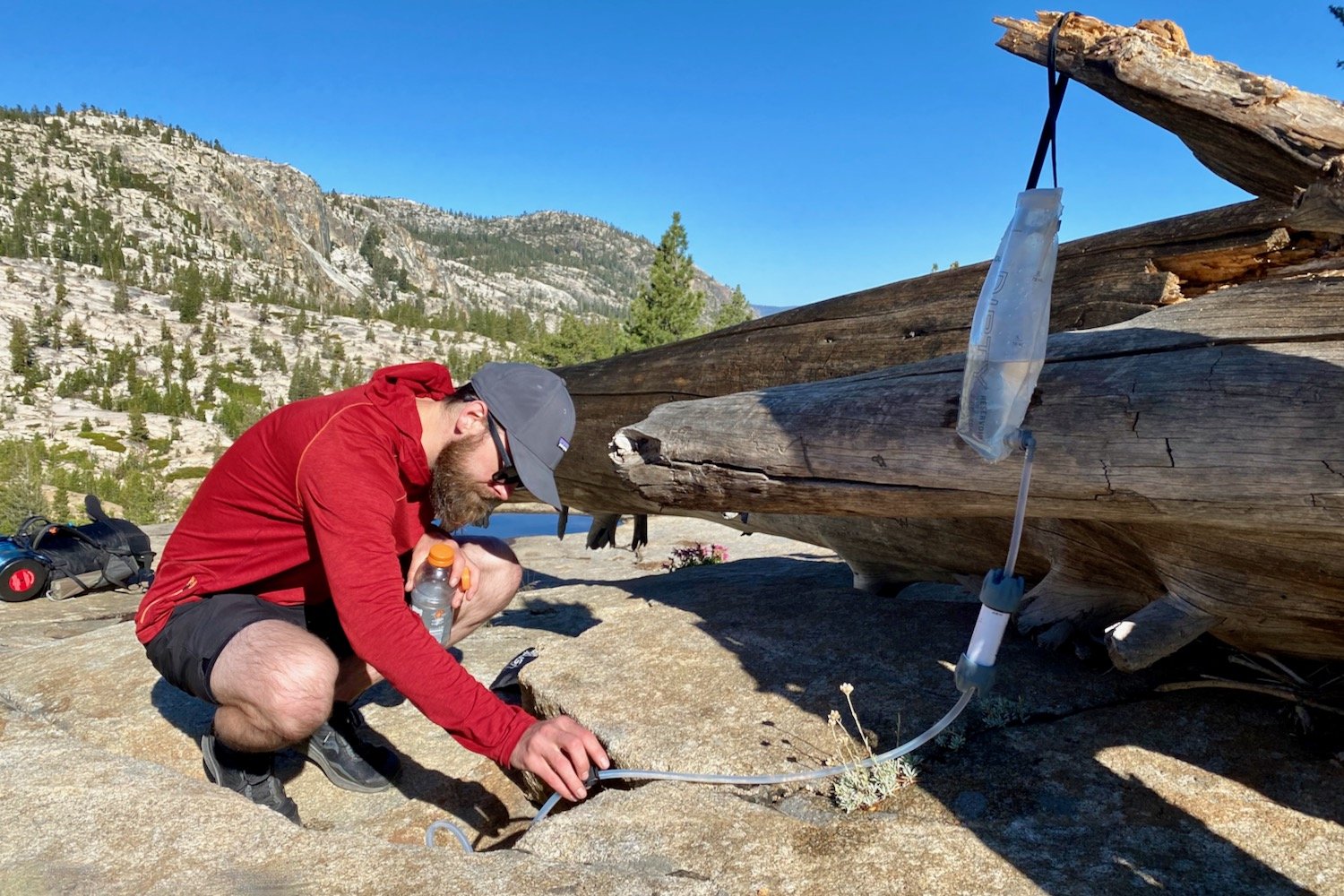
The Platypus GravityWorks is a bit expensive, but worth the investment – we’ve used ours for thousands of miles
SLOWS DOWN OVER TIME – The GravityWorks is very fast when it’s new, filtering almost 2L per minute. Unfortunately, the inline filter can get clogged somewhat easily, and the flow rate slows down over time depending on how silty or contaminated water sources are. Luckily, you can backflush the system without much hassle by lifting the clean reservoir above the dirty one. Backflushing allows fresh water to flow in reverse through the filter cartridge and flushes particles out. It can be a little annoying if you have to do this a lot, and you may eventually have to use an irrigation syringe to restore the flow if your filter gets really bogged down on an extended trip.
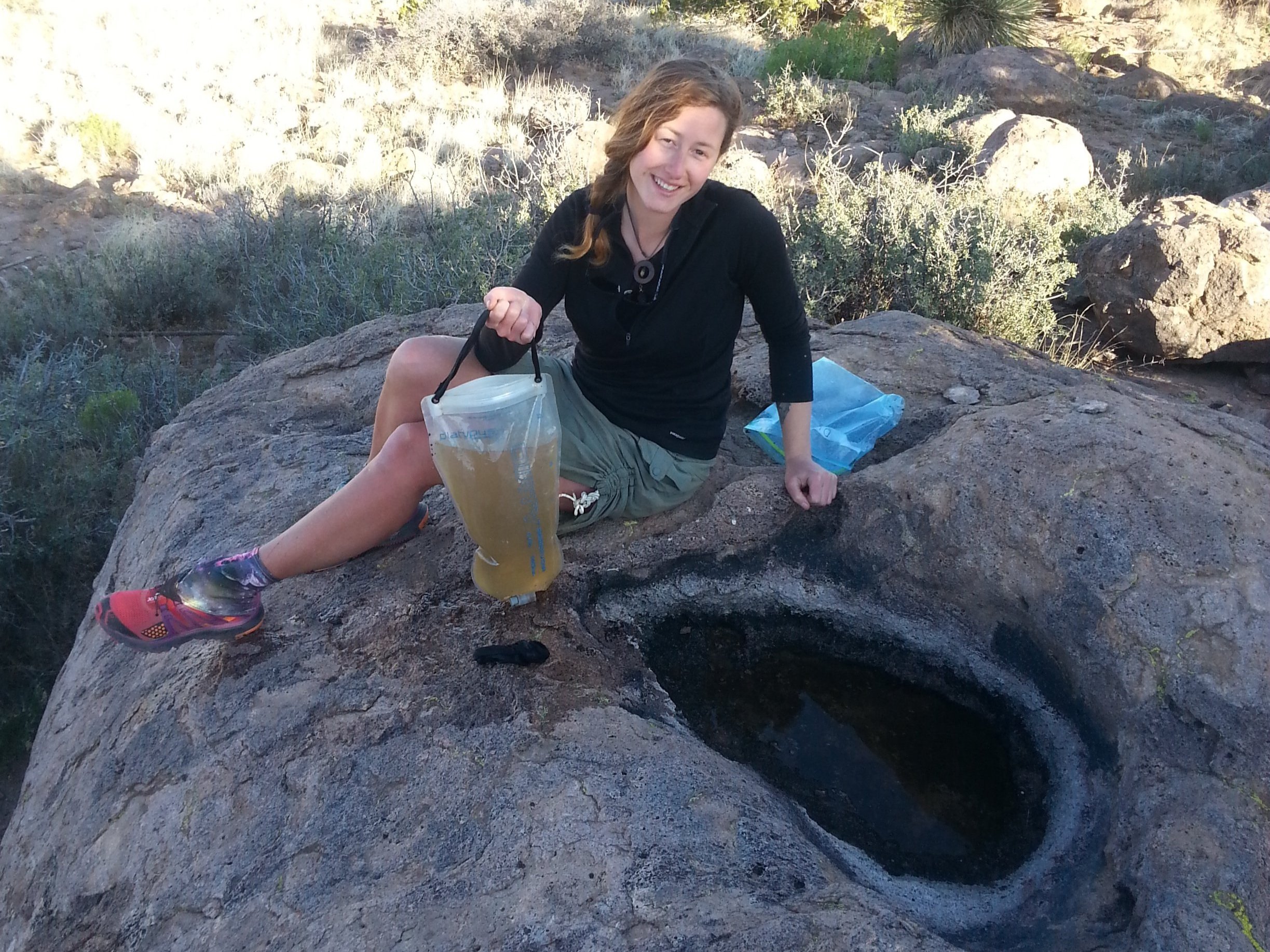
The Platypus GravityWorks can get slow on extended trips with heavily contaminated water, but it’s easy to backflush
QUICKER & MORE CONVENIENT OPTIONS FOR SMALL AMOUNTS OF WATER – If you’re hiking in an area with abundant water sources, you may want to reduce your pack weight by only carrying 1L of water at a time and refilling more frequently. The Katadyn BeFree is a lighter and more convenient option for grabbing a quick liter without skipping a beat. The 4L GravityWorks takes a little time to work its magic, so we usually try to plan on using it on longer breaks or in camp when we’re stopping for a while anyway. That said, if you and your partner tend to chug and fill a bottle or two each in one sitting, this system will be just as fast as any other treatment method.
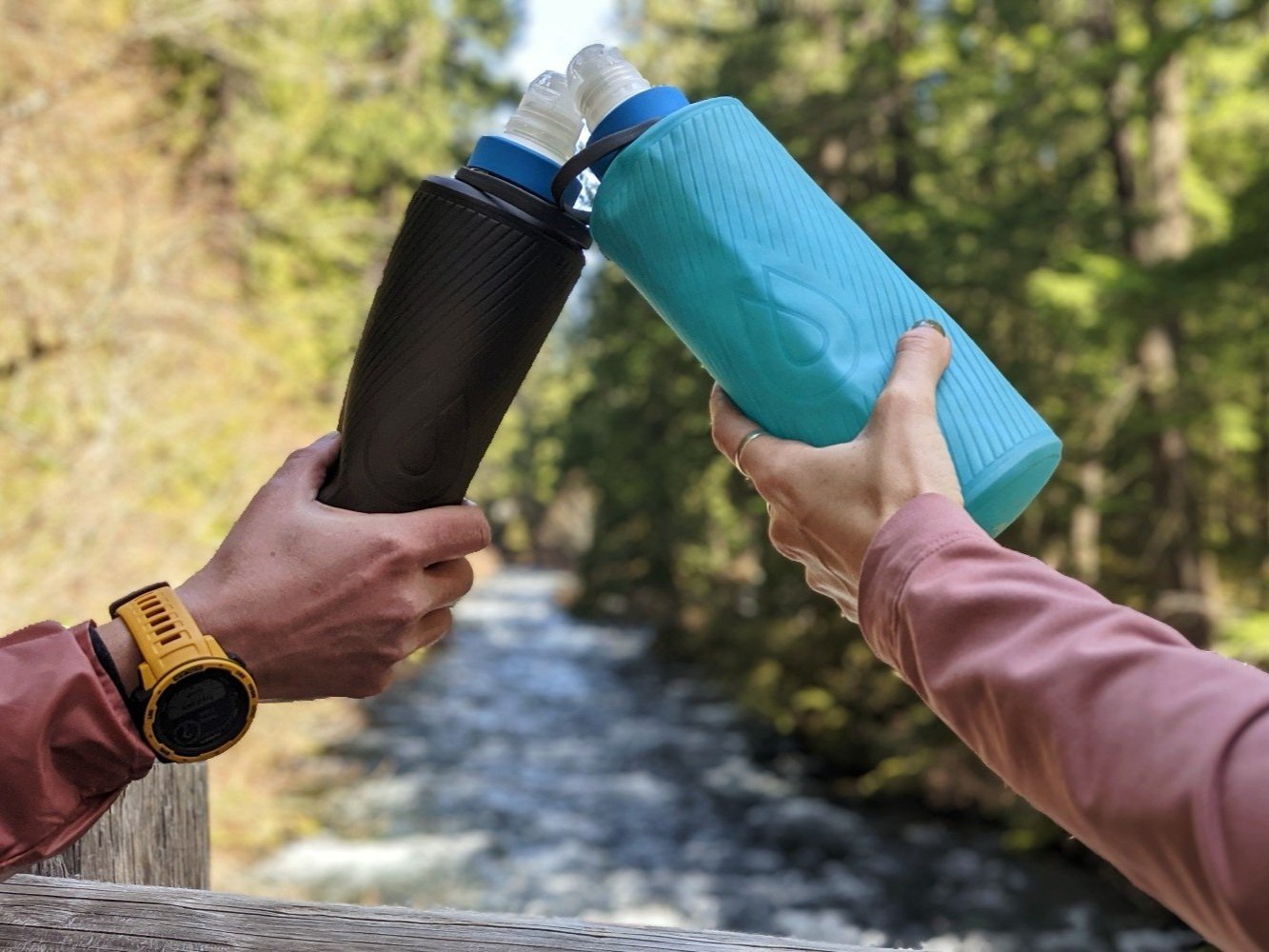
The Katadyn BeFree is a lighter & more convenient option for grabbing a quick liter without skipping a beat
DOESN’T KILL VIRUSES – The GravityWorks Filter does an excellent job of removing the most common bacteria and protozoans you’ll encounter while backpacking, but it doesn’t kill viruses. If you’re hiking in an area where water-borne viruses are a concern, you may want to pair it with a chemical treatment, like Katadyn Micropur Tablets.
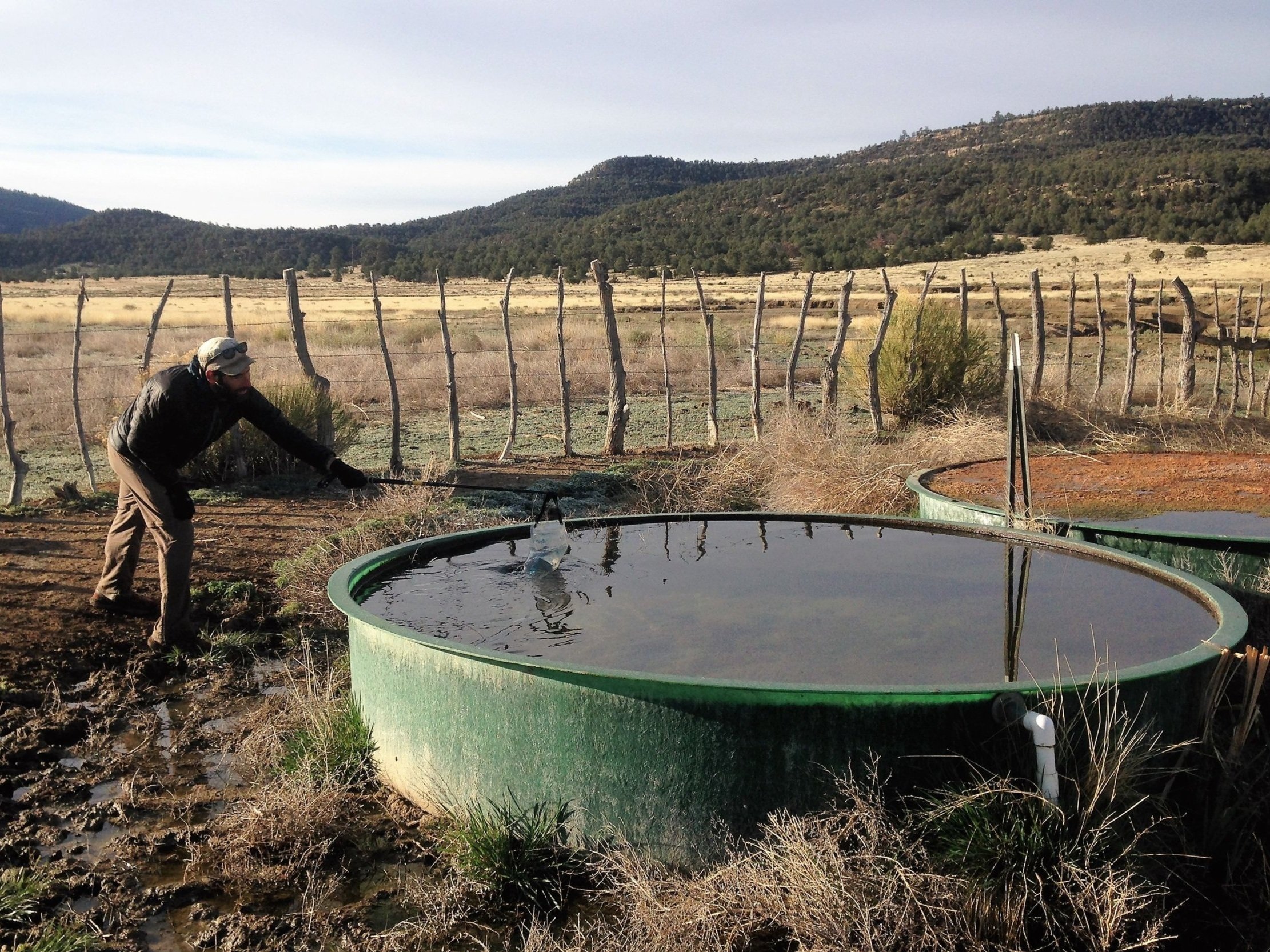
You may want to pair the GravityWorks filter with Katadyn Micropur Tablets in agricultural areas
‘DIRTY’ RESERVOIR CLOSURE COULD BE BETTER – The bag that holds unfiltered water in the GravityWorks System has a wide opening which makes it easy to collect water. The reservoir has a Ziploc-style closure, but it’s pretty tough to use because it’s so stiff. It’s also not secure enough to trust if you wanted to use the reservoir to transport water inside a backpack. We’d love it if there was a better way to close the ‘dirty’ reservoir securely while still having the ability to fill it quickly at water sources – maybe a slider like the Platypus Big Zip Reservoir has? Of course, that would add weight to the total package. It’s a small gripe, but we think a little design change might make this bag more versatile in the next iteration.
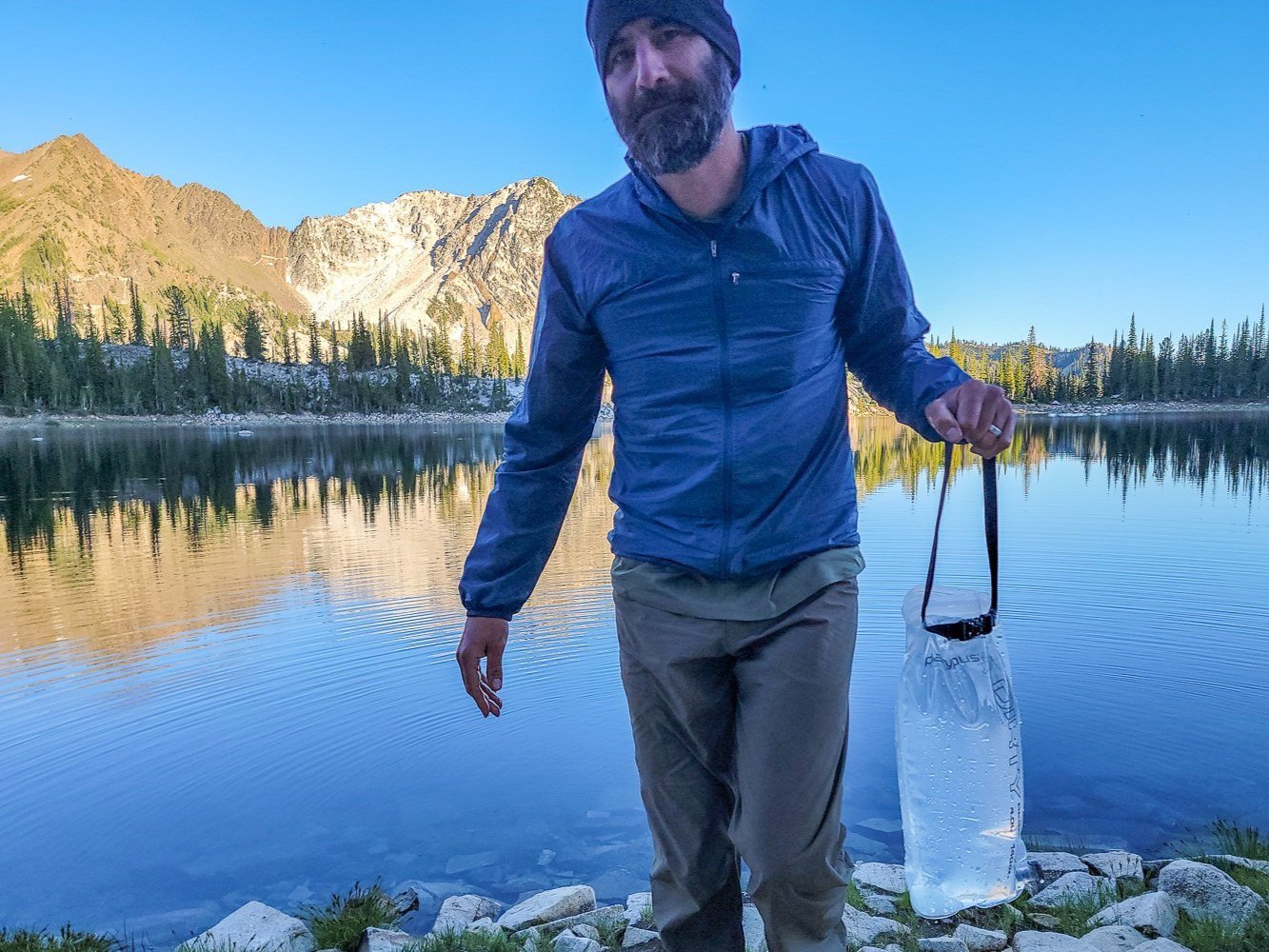
The ‘dirty’ bag in the GravityWorks System has a has a Ziploc-style closure, but it’s pretty tough to close
BOTTOM LINE
The Platypus GravityWorks Water Filter is great for anyone who hates the tedious work involved in water treatment on backpacking trips. The system comes in various capacities (2L, 4L & 6L), but we like the 4L best. It’s most ideal for pairs or small groups who typically carry 1-2L of water at a time and don’t mind taking several 10+minute breaks per day to relax and refill. The GravityWorks isn’t the lightest, quickest, or cheapest water treatment method available, but it produces clear, natural-tasting water effortlessly and is super convenient in camp. We recommend it for routes that involve dry camping and limited water sources.
See how the GravityWorks System stacks up to the competition on our list of the Best Backpacking Water Filters.
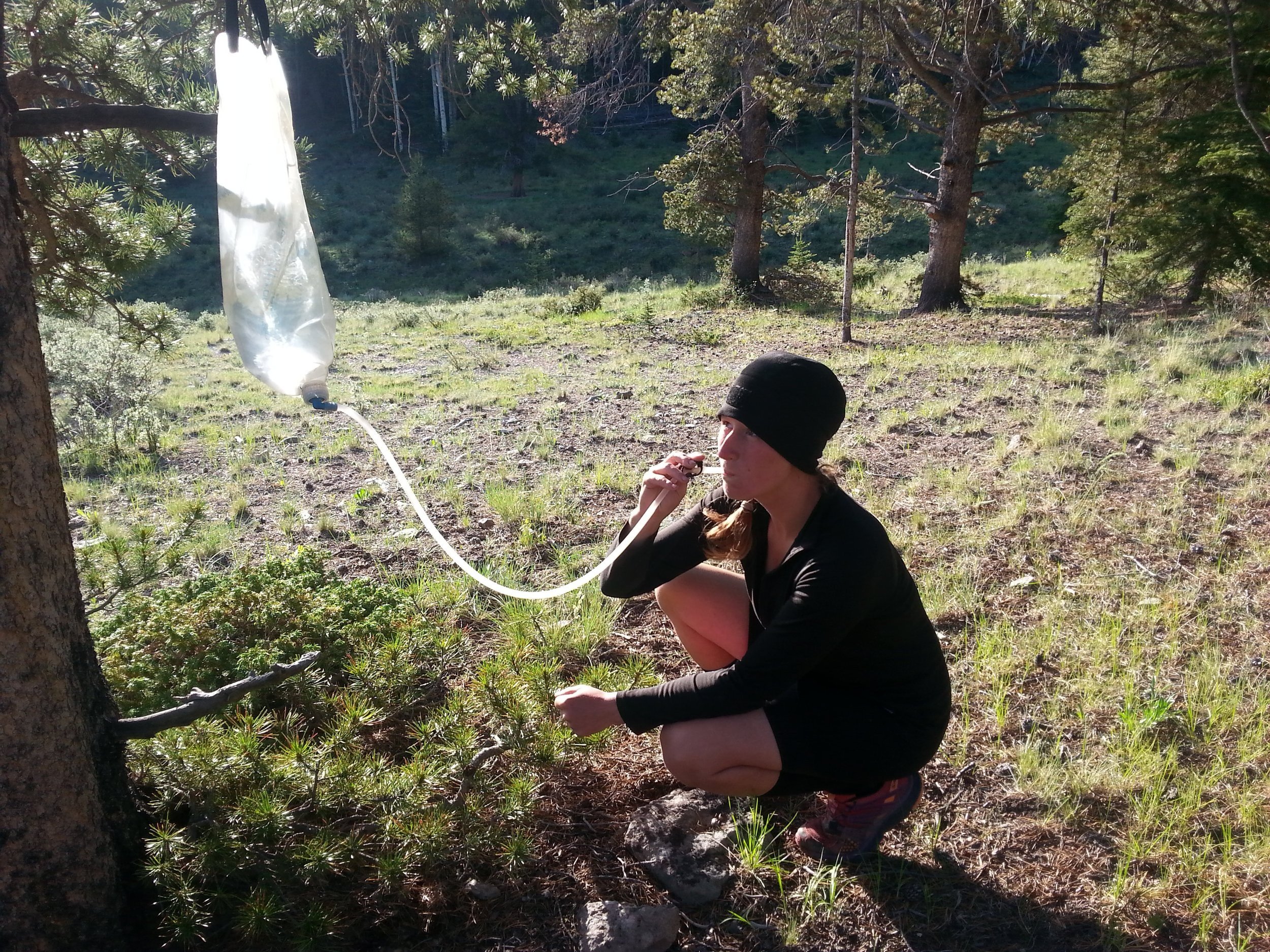
The Platypus GravityWorks is still one of our favorite filters to use with a partner on trips with limited water sources
MORE INFORMATION
We hope this review helps you determine if the Platypus GravityWorks Water Filter is right for you. As always, please leave a comment below if you have any recommendations, questions, or suggestions or visit our Facebook page and Instagram to join the community conversation. If you found this review helpful, please share on social media and click the little heart button below to give us a digital high five!
If you enjoyed this review, you’ll probably like our other gear lists as well. Here are some popular resources from the CleverHiker Gear Guide:
-
Best Stoves, Food, Water Filters, Jackets & More: CleverHiker Gear Guide
Some of the links on this page are affiliate links, which means we may receive a modest commission if purchases are made through those links. This adds no cost to our readers and helps us keep our site up and running. Our reputation is our most important asset, which is why we only provide completely honest and unbiased recommendations.

